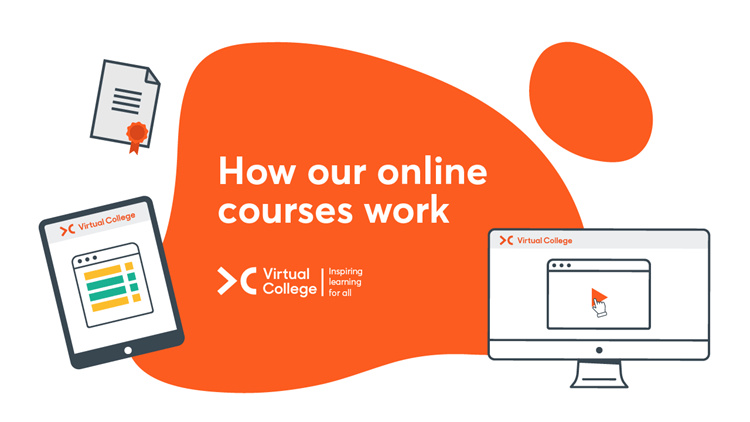Safeguarding Everyone Level 3 Refresher Training
Course Overview
Format
- Level 3
- 4-6 Study Hours
- Online Study
- Self-Printed Certificate
Accreditation
- 3 CPD Points
- CPD Certified
Course description
Our Safeguarding Everyone Level 3 Refresher has been designed for anyone who has previously completed the training before, whether that is through digital means or face-to-face, and is looking to update and refresh their knowledge.
Anyone who works with children and vulnerable adults has safeguarding responsibilities, but these will vary depending on your role. Our Level 3 refresher course is aimed at mangers, supervisors or designated safeguarding leads.
The course covers the topics you need to know to carry out your responsibilities including signs, symptoms and types of abuse, legislation and guidance and how they impact your role, what to do if a child or adult discloses abuse, including reporting and recording duties.
We also offer Safeguarding Everyone Training at Level 1 and Level 2
Unsure if you require Level 1, 2 or 3 Safeguarding Everyone training? Check out our short guide to find the course that best matches your needs and requirements here.
Why take this course?
If you work with children or vulnerable adults then you have a duty to safeguard. Training is required though to help you fully understand your responsibilities and to be able to carry them out effectively. But it isn’t a topic that can be learnt once, it is topic which changes regularly and so it is important that training is kept up to date – this is why refresher courses are so important.
Companies can decide how often their employees need to update their training, but a common recommendation is every two years. This may vary, though, depending on your role and responsibilities.
Course Overview
The learner is always at the heart of our course design, and this course is no different. It is filled with bite-sized modules, covering both children and vulnerable adults, which allow you to dip in and out of the topics as you like. The digital format allows you to work at your own pace and at a time and place that suits you, providing you with the flexibility that is desired in our busy working lives.
We have also created a number of immersive real-world scenarios and challenges to help embed the learning, and provide a context to help relate the learning to your role.
Our course covers a range of topics
Our course explores the following safeguarding topics, covering both children and vulnerable adults:
- An overview of safeguarding
- Why is safeguarding important
- Serious case reviews and Bichard reports
- The latest legislation and guidance
- Multi-agency working
- Jargon and key terms
- National and local contexts
- Types of abuse
- Signs and symptoms of abuse
- Reducing the likelihood of abuse
- Whistleblowing
- Roles and responsibilities
- Recognising abuse
- How to deal with suspected/disclosed abuse
- Record-keeping and recording
Who should take this course?
This training course should be taken by anyone who works with children and vulnerable adults, has previously completed their Safeguarding Everyone Level 3 training and needs to refresh and update it.
This may include roles, such as GP, doctor, registered nurse/nursing associate, paramedics, all mental health staff, sexual health staff, social worker, support worker/intervenor, care coordinator or manager, or police officer.
You will learn
- Explain the profound impact some well-known cases of abuse have had on legislation
- Explain the importance of multi-agency cooperation
- Define safeguarding in respect to vulnerable children, young people and adults
- Describe what you need to do if a vulnerable individual makes a disclosure or if you suspect abuse
- Explain what whistleblowing is, what it is not and why it is important
- List the ways you can reduce the risk of abuse
- List the signs and symptoms of the different types of abuse
- Outline the responsibilities lead workers have
Who is it for?
Roles including:
- Doctors
- Nurses
- Social workers
- Teachers
- Coaches
- Care workers
- Police
- Paramedics
- Council workers
























